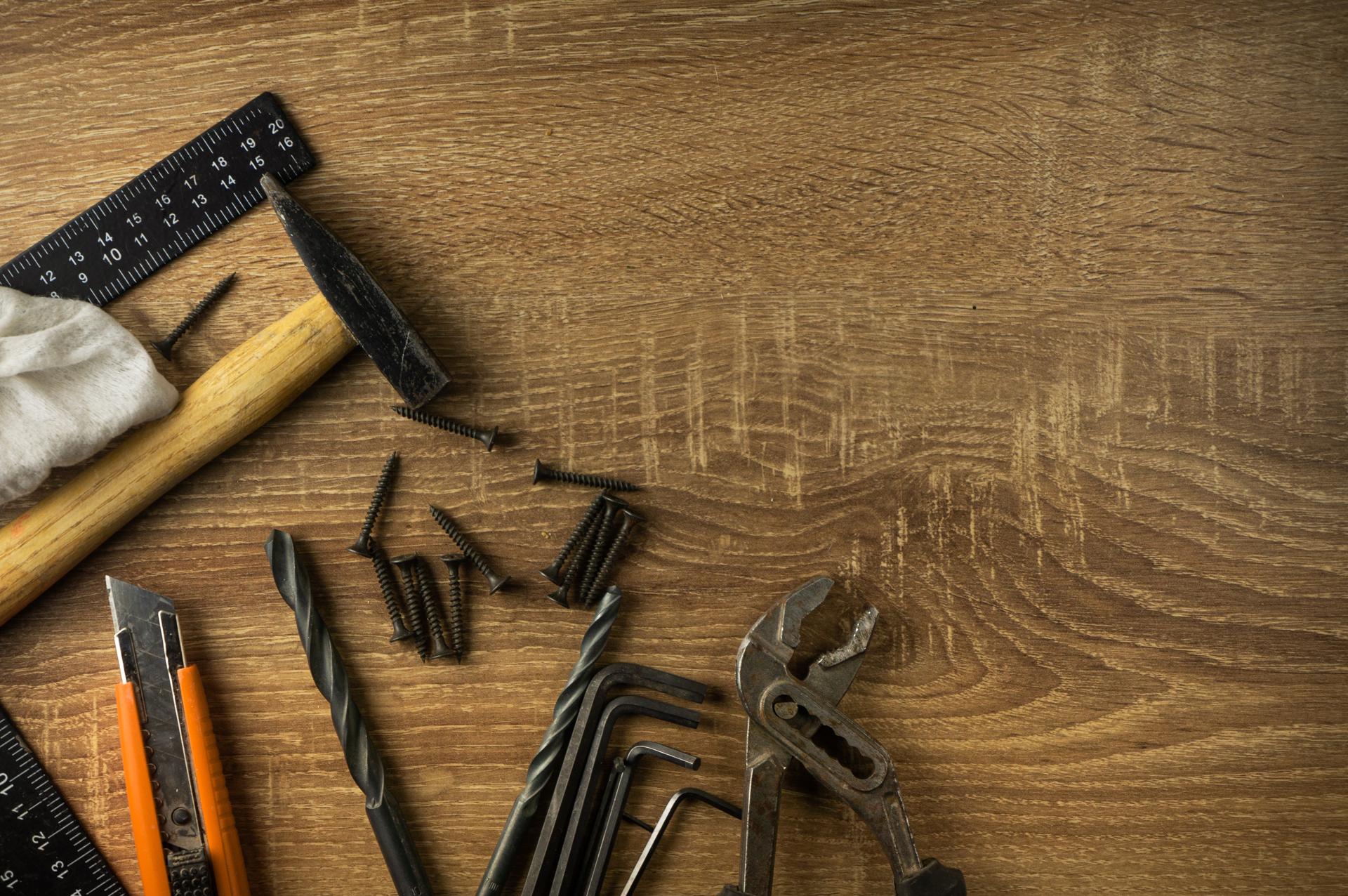DIY Plumbing Made Easy: How to Repair Frequent Problems in Your Home

They are an essential component of every home. Without proper maintenance, they can become an issue for many, leading to inconvenience and expensive repairs.
However, there are many advantages of learning to repair minor plumbing issues yourself like saving money and developing important abilities. The following article we will discuss common plumbing issues and the DIY methods to fix them.
Common Plumbing Problems
Dripping Faucets
Dripping faucets aren’t just annoying, but they also consume a substantial volume of water during the course of time. The most frequent cause for a dripping faucet is a worn washer or O-ring. To resolve this issue shut off the supply of water for the faucet. disassemble the handle, and replace the worn-out washer or O-ring.
Running Toilets
A toilet that is running is another frequent plumbing problem that could result in a significant loss of water. The most common reason is a malfunctioning flapper valve that doesn’t seal properly, allowing water to flow from the tank into the bowl. To fix this issue switch off your water source to the toilet. remove the tank lid, and adjust or replace the valve that seals it.
Clogged Drains
Drains that are clogged can be caused by many things like soap, hair, and food particles. To resolve this issue, you can try using a plunger or a drain snake to get rid of the clog. Alternately, you could use a mixture of baking soda and vinegar to dissolve the clog.
Low Water Pressure
The low pressure in the water can be caused by various factors such as mineral buildup in the pipes or a defective pressure regulator. To fix this issue it is possible to clean the aerator or replacing the pressure regulator.
Tools required for DIY plumbing
To carry out DIY plumbing, you will require a few tools like a plunger, adjustable wrench pipe wrench Teflon tape and the screwdriver. Having these tools on hand can make it much easier to repair minor plumbing problems.
Safety Tips for DIY Plumbing
Security should be a top priority whenever you are performing any plumbing repair DIY. Some tips for safety to consider include shutting off the water supply before starting any repairs, wearing gloves and safety glasses and having a first aid kit in case in the event of an emergency.
DIY Plumbing Techniques
To fix common plumbing issues for common plumbing issues, you’ll need to learn a few DIY plumbing methods, such as how to turn off water flow or fix a leaky faucet or a running toilet, how to unclog the drain, and also how to increase water pressure. These techniques can save you time and money on small plumbing repairs.
Conclusion
Learning how to fix small plumbing issues yourself is beneficial in numerous ways. Not only will it cost you less costs, but you could provide you with satisfaction and valuable abilities. For more serious plumbing issues, it’s always best to call an experienced plumber.
FAQ
Can I fix a plumbing problem myself?
Yes, you can fix minor plumbing issues yourself by learning a few basic plumbing tips for DIY.
Which are the top frequent plumbing problems?
The most frequent plumbing issues include dripping taps and toilets that run blockages in drains, as well as low pressure water.
What tools do I need to do my own plumbing?
You will need a few important tools, such as an adjustable wrench, a plunger pipe wrench Teflon tape, and a screwdriver.
Is DIY plumbing safe?
DIY plumbing can be safe if you follow safety guidelines and take appropriate steps.
When should I contact for a licensed plumber?
You should contact a licensed plumber for plumbing problems of a serious nature that require specialized equipment and experience.
